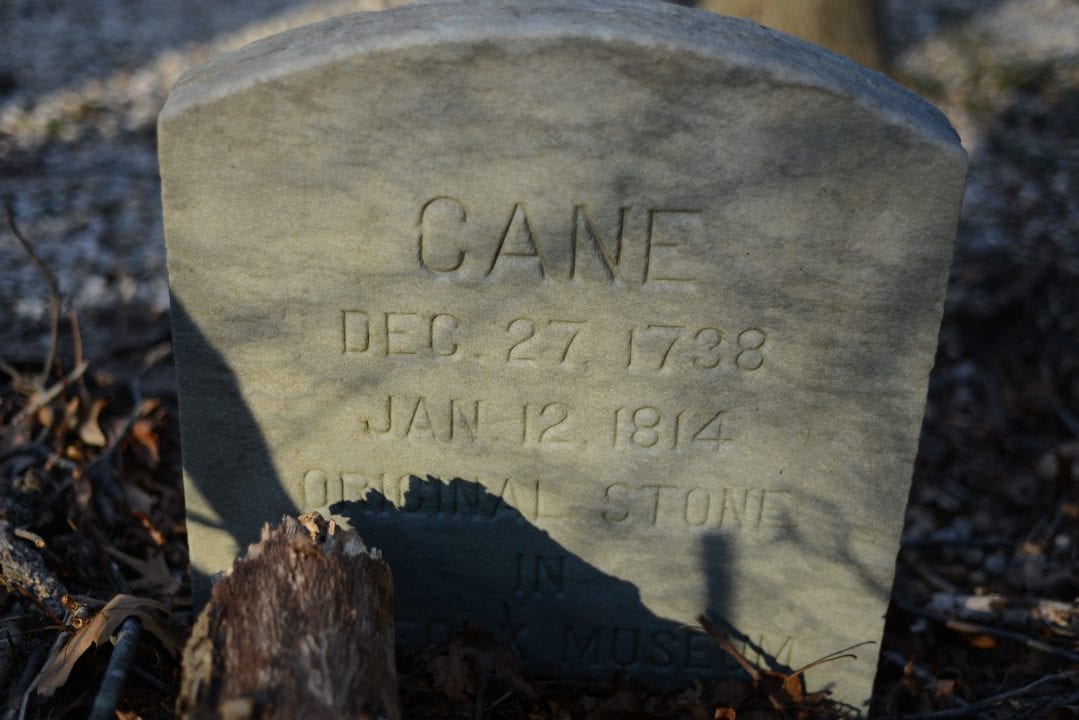
This weekend, the Staller Center for the Arts brought the Royal National Theatre’s performance of “Hamlet” to Stony Brook University. One of William Shakespeare’s most well-known tragedies starred Benedict Cumberbatch as the titular character and Lynsey Turner as the production’s director. The production was rebroadcast to the Staller Center in order to celebrate the National Theatre’s 10 years of programs. The event coincided with Stony Brook University’s CommUniversity day and the theater was packed with families coming to enjoy Cumberbatch’s performance in this timeless play.
Cumberbatch gives an incredibly emotional performance as Hamlet, which teetered on the edge of passion without crossing into something over the top. He has an incredible supporting cast, including stars like Game of Thrones actor, Ciaran Hinds; Lawrence Olivier Award Winner, Kobna Holdbrook-Smith; renowned British television actress, Sian Brooke and British Academy Television award nominee, Anastasia Hills. Karl Johnson also shows his range both in an incredibly powerful scene as the ghost of King Hamlet and later as a lowly gravedigger who provides excellent comedic relief to the grim final act of the play.
The National Theatre displayed an impeccable set design that allows the audience to get lost in its detail. The powerful musical and lighting cues set the tone for the performance. The fiery light that fills the dining hall during the beginning of the play, the ghostly glow that follows the dead king and the aura of light which surrounds Hamlet during his monologues are just a few examples of excellent uses of light.
Christopher Shutt’s excellent score plays an equally important role, highlighting the tone of the play with beating drums or harsh silence. They accompany the eerie and frantic movement of the transition scenes which further add to the tension of the story. These transitions build to a stunning set change just before the intermission wherein the stage is flooded with ashes in what was perhaps the darkest scene in the play. The intensity of this scene is present for the rest of the performance — a feeling of desolation and loss which only grows until the final climax.
Lynsey Turner’s direction and choice of scenery set the play ambiguously in the early 20th century, giving the play an industrial setting. The choice of setting allows interesting innovations to the centuries-old play, though the interview-shy director has not offered a public reason as to why. The aesthetic, however, complements the dark themes of the story.
Coming into this play as a relative novice to Shakespeare, I had very little idea of what to expect. I was assuming the old bard’s play, first performed over 400 years ago, to be dense and hard to follow. The performers of the Royal National Theatre, however, were able to transform the play into something easy to follow. The powerful topics of the play, which deal with ideas of abuse, disillusionment and suicide, are still relevant to our modern existence.













